“The forest planters” under the sea
30/06/2022Nha Trang Bay (Khanh Hoa province) has the world's most diverse coral reef ecosystem with more than 350 species, accounting for more than 40% of the world's coral species, attracting many domestic and international tourists. Likened to tropical forests under the ocean, Coral reefs are the home to 25% of marine species. However, in recent years, the biological diversity and the number of coral populations in Nha Trang Bay are rapidly declining due to objective factors as well as human activities.
Following in the footsteps of scientists from the Coastal Branch, Vietnam-Russia Tropical Center, the reporters of People's Army Newspaper had the chance to witness and record the hard work of Vietnamese and Russian scientists in the process of searching, numbering, sampling, preserving, farming and recovering coral and marine species in Nha Trang Bay.
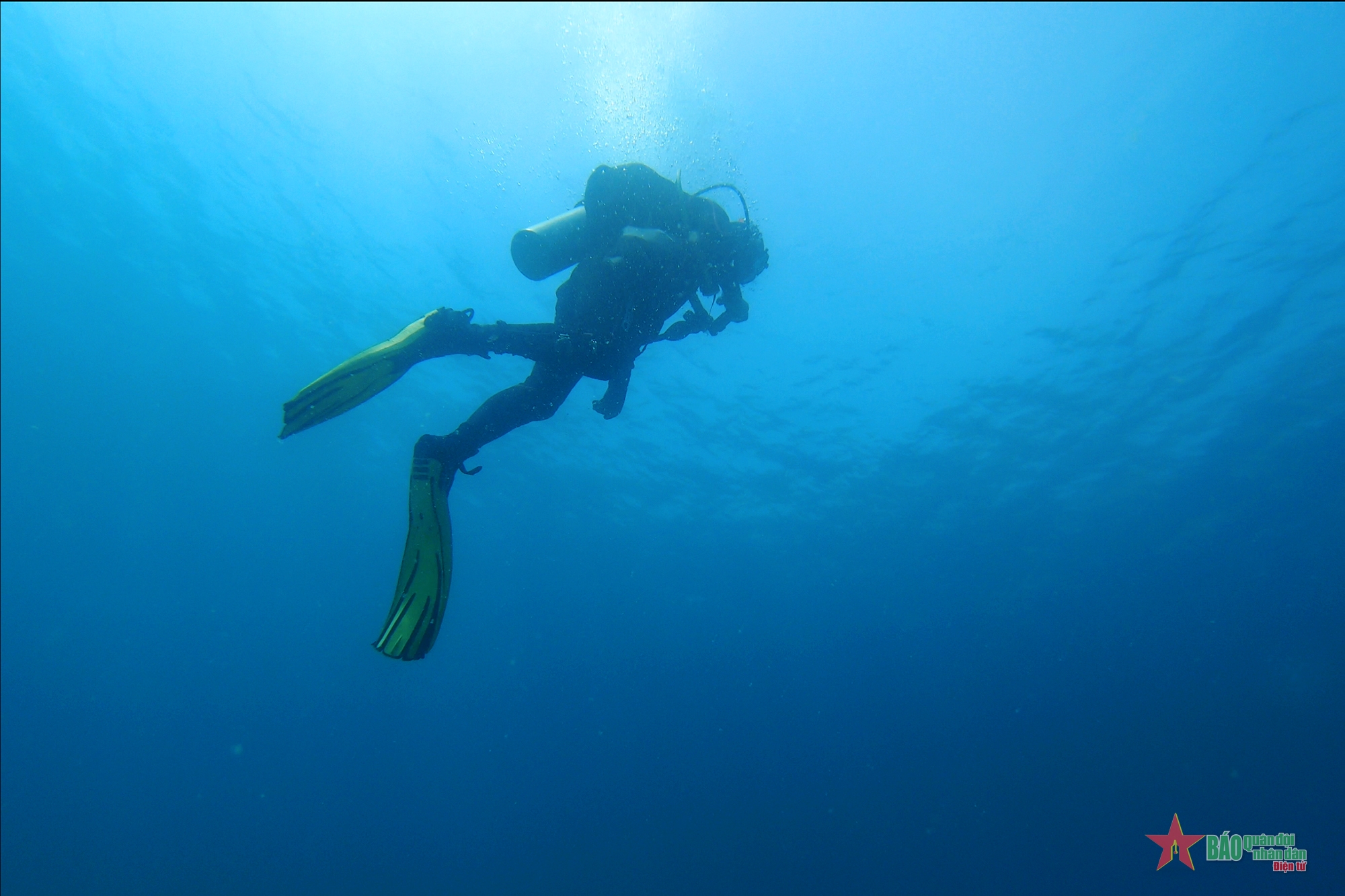
The man who “plants forest” under the sea.
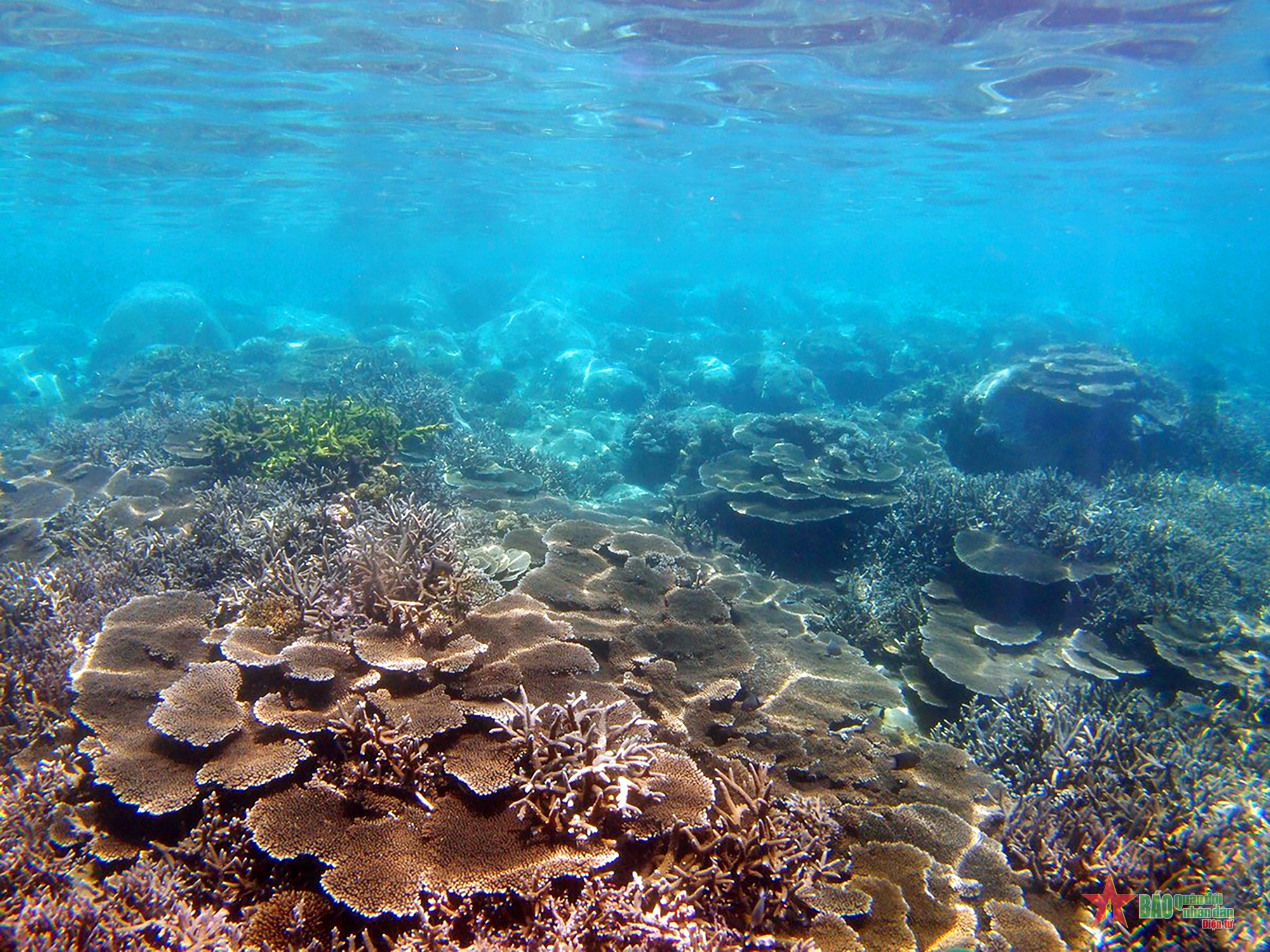
Coral reefs - the ocean's most diverse structure, are home to thousands of marine species. In the photo: A coral reef in Nha Trang Bay.

Experts of the Coastal Branch, Vietnam-Russia Tropical Center are always very well-prepared because underwater diving is a dangerous job. Besides diving tools, they also carry a lot of types of equipment for recording, numbering, and following coral populations.
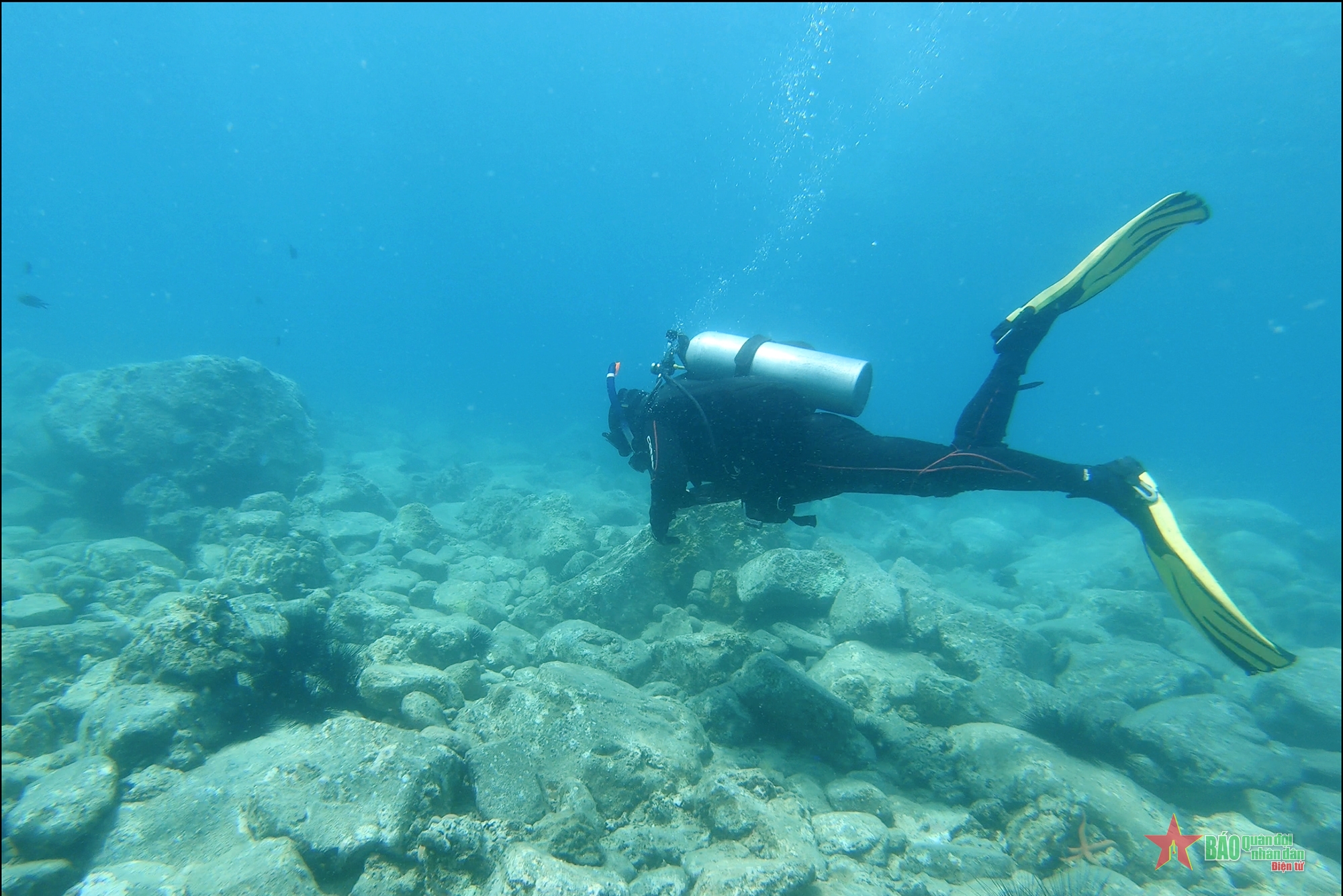
Diving for many hours, and searching every single square meter on the seabed requires the divers' perseverance, mental stability, and good physical strength.
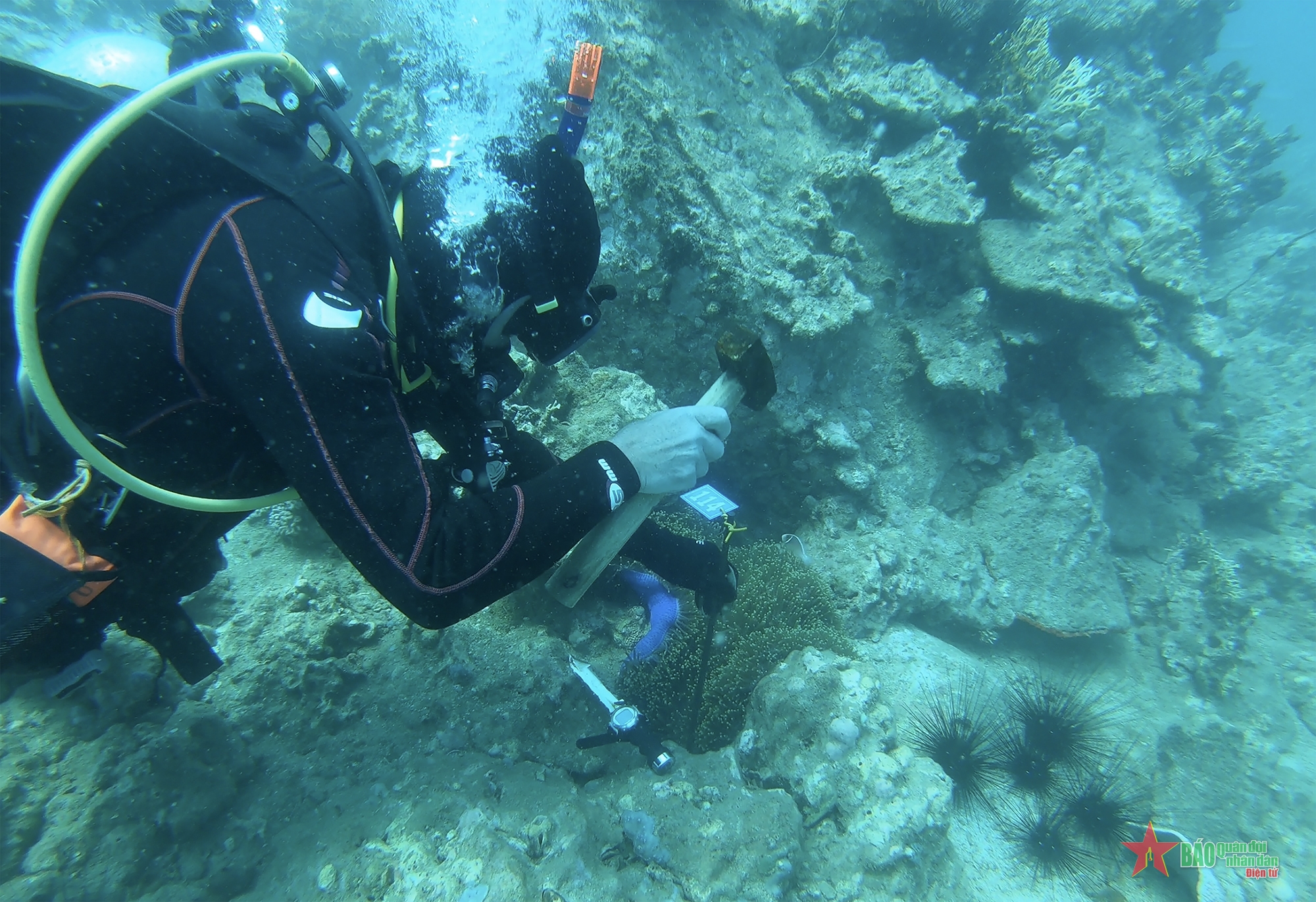
When finding a coral or anemone population, scientists will stake, number, take pictures and record the location on the navigation system.

Vietnamese and Russian scientists discussing the location of organisms.
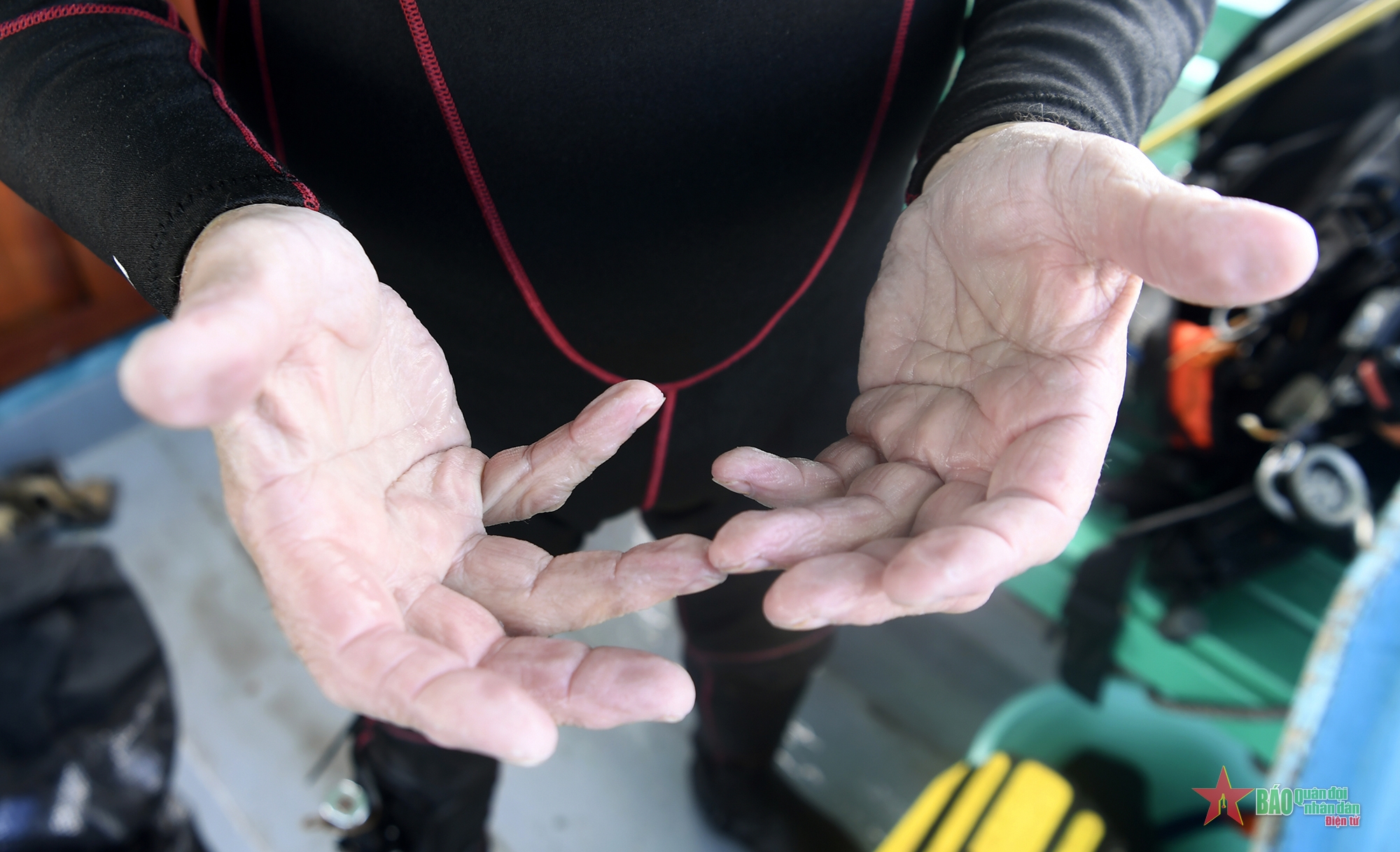
The hands of a scientist after hours of immersion in seawater. Each dive usually lasts 2.5 to 3 hours depending on the conditions. On average, experts make 2-3 dives per day. Many of them have to be made at night in order to be accessible to species there.

A hurried lunch with bread and water before coming back to work of a scientist.
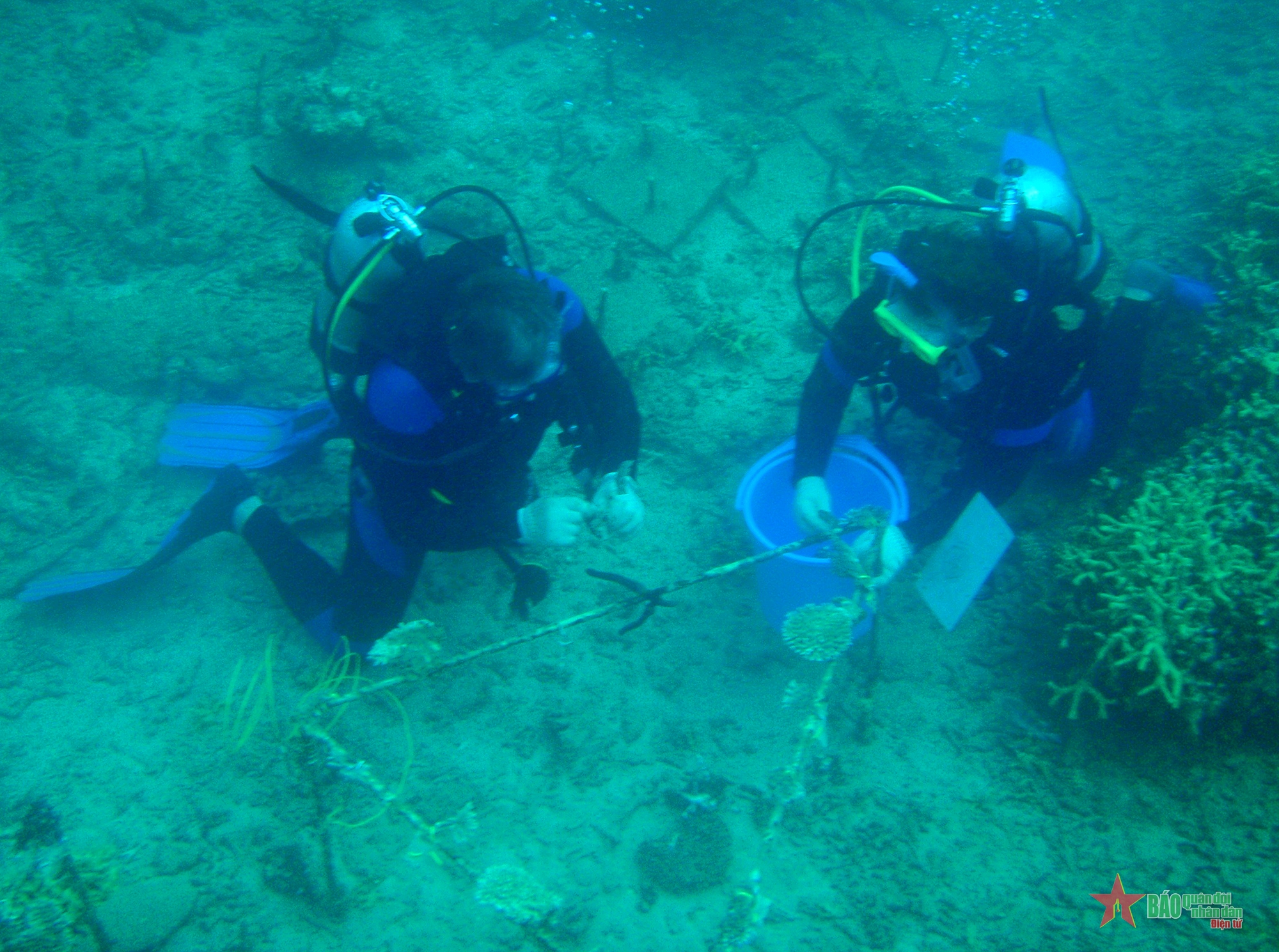
Not only diving to search for coral reefs, and marine organisms, the scientists also have successfully cultured corals in the marine environment. Based on that, scientists replicate, preserve, and restore coral reefs and rare coral species.
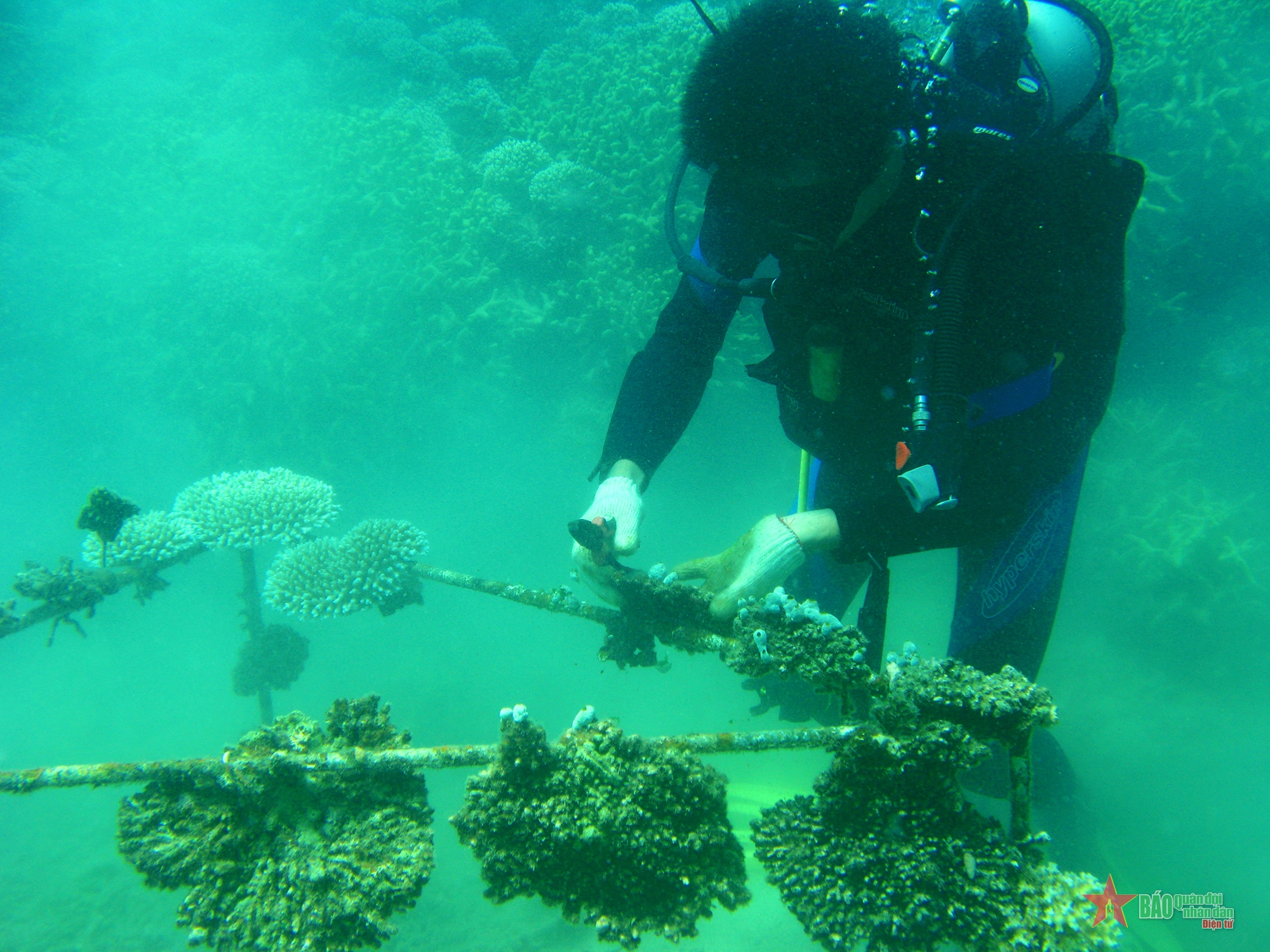
Planting coral on racks is a regular job of those who "plant forests" on the seabed. To perform the task, the scientists of the Coastal Branch must have international diving certificates and many hours of diving experience.
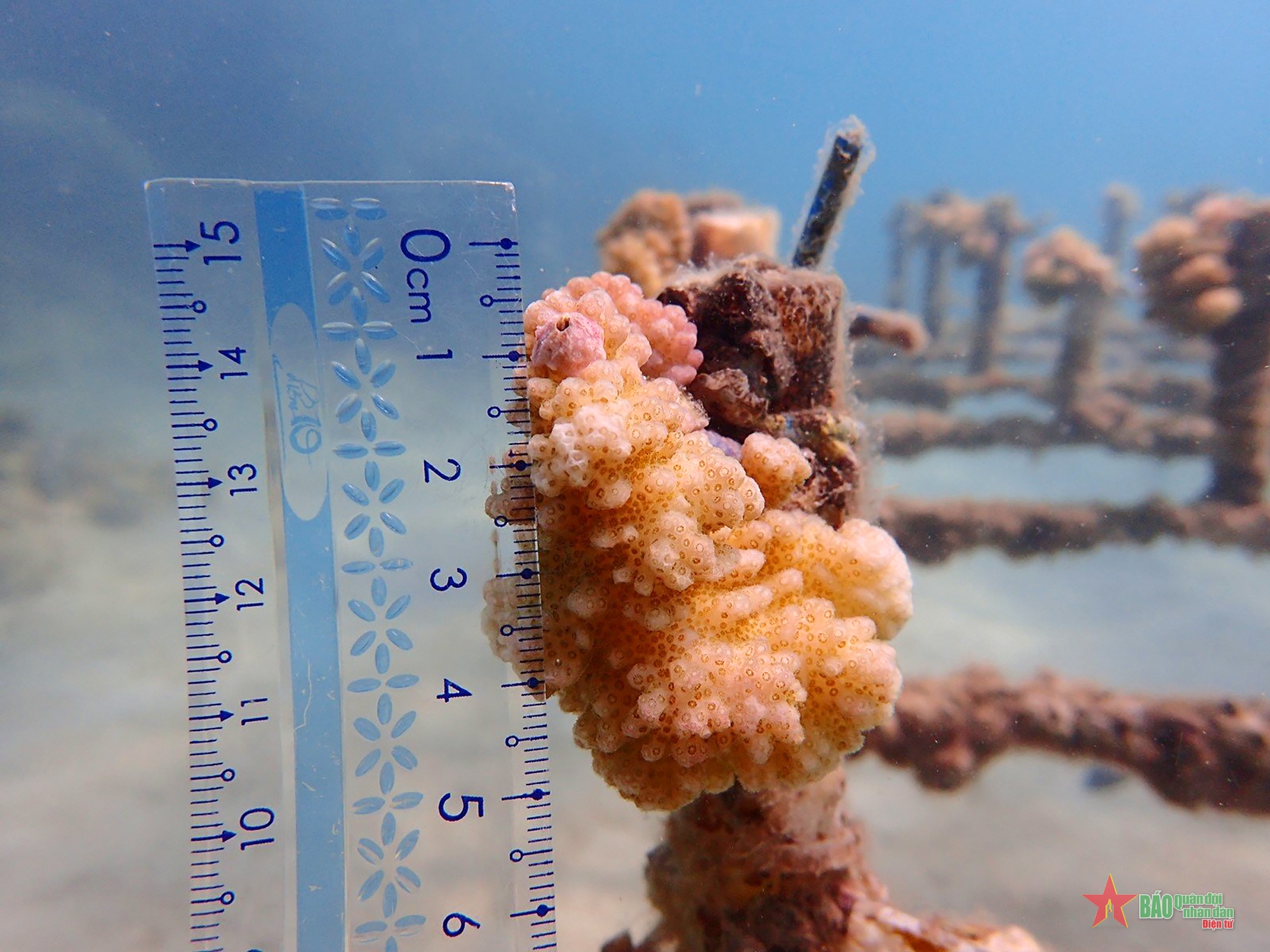
After planting, coral monitoring and checking activities are made regularly in order to assess their growth.
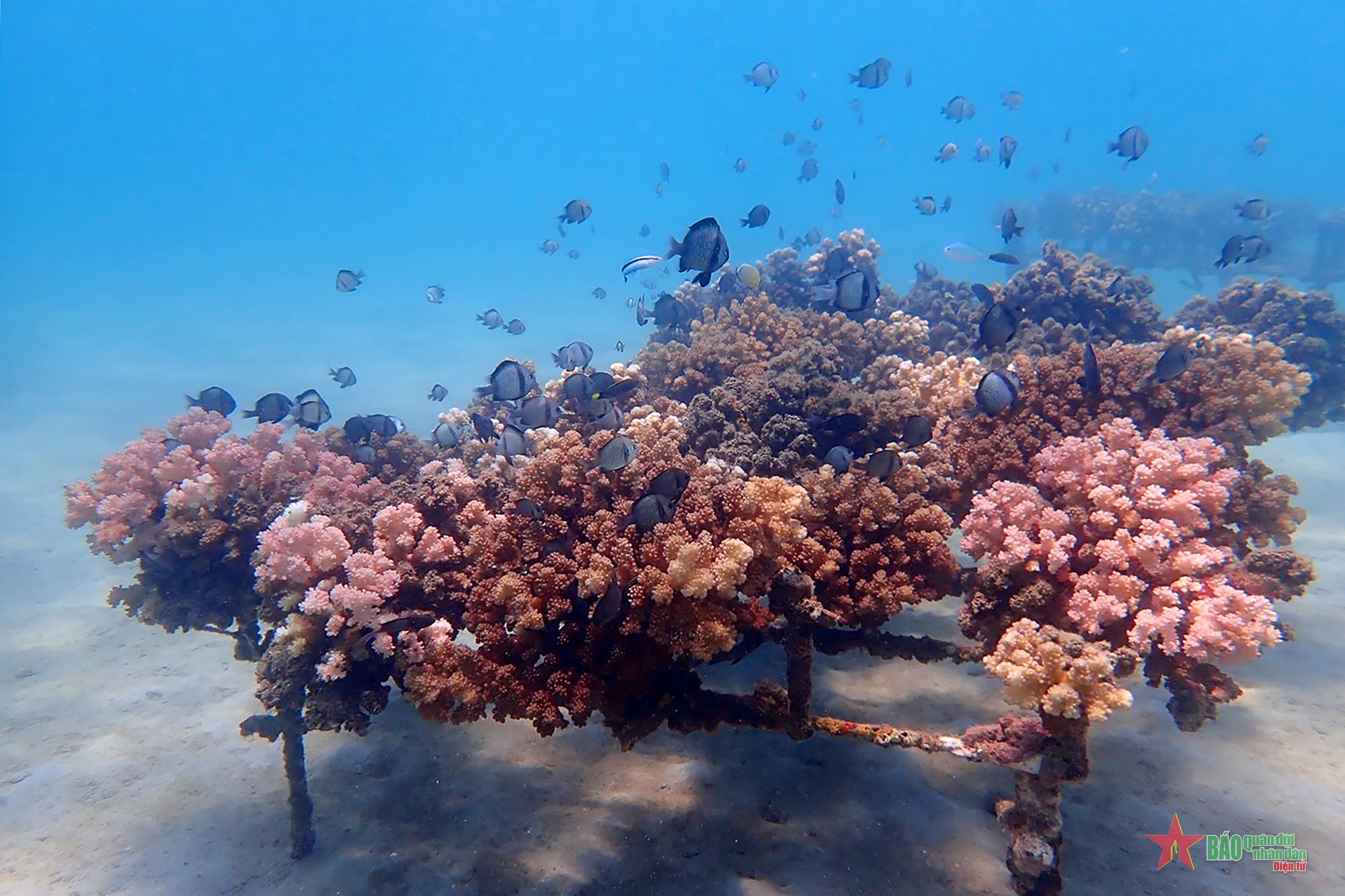
Having corals, fish and other marine species return there to live, contributing to increasing biodiversity and making the sea revival.
Source: https://media.qdnd.vn/phong-su-anh/nhung-nguoi-trong-rung-duoi-day-bien-54847
Translated: Ngoc Nguyen









